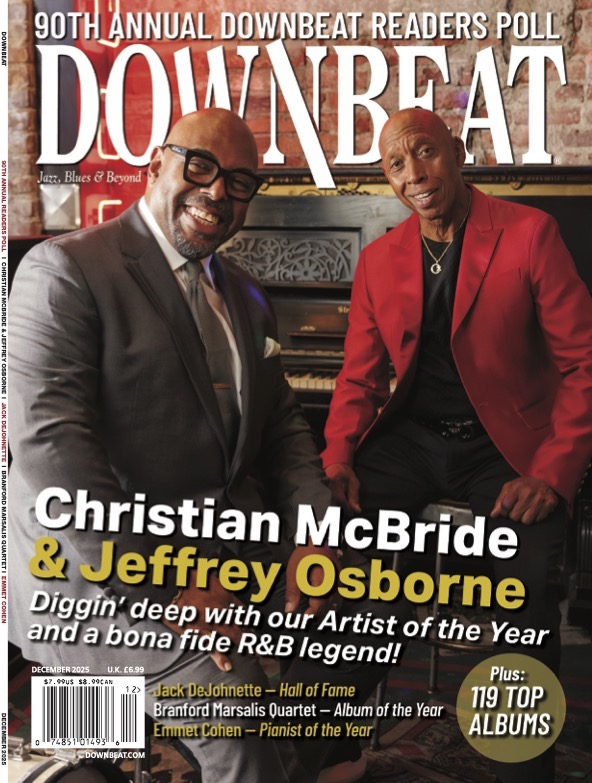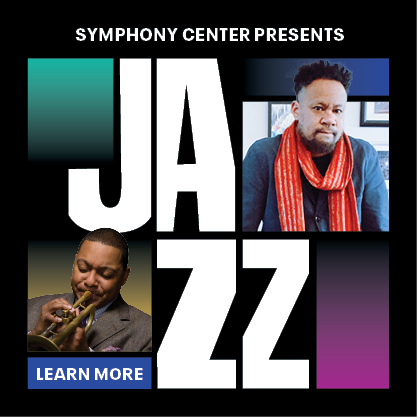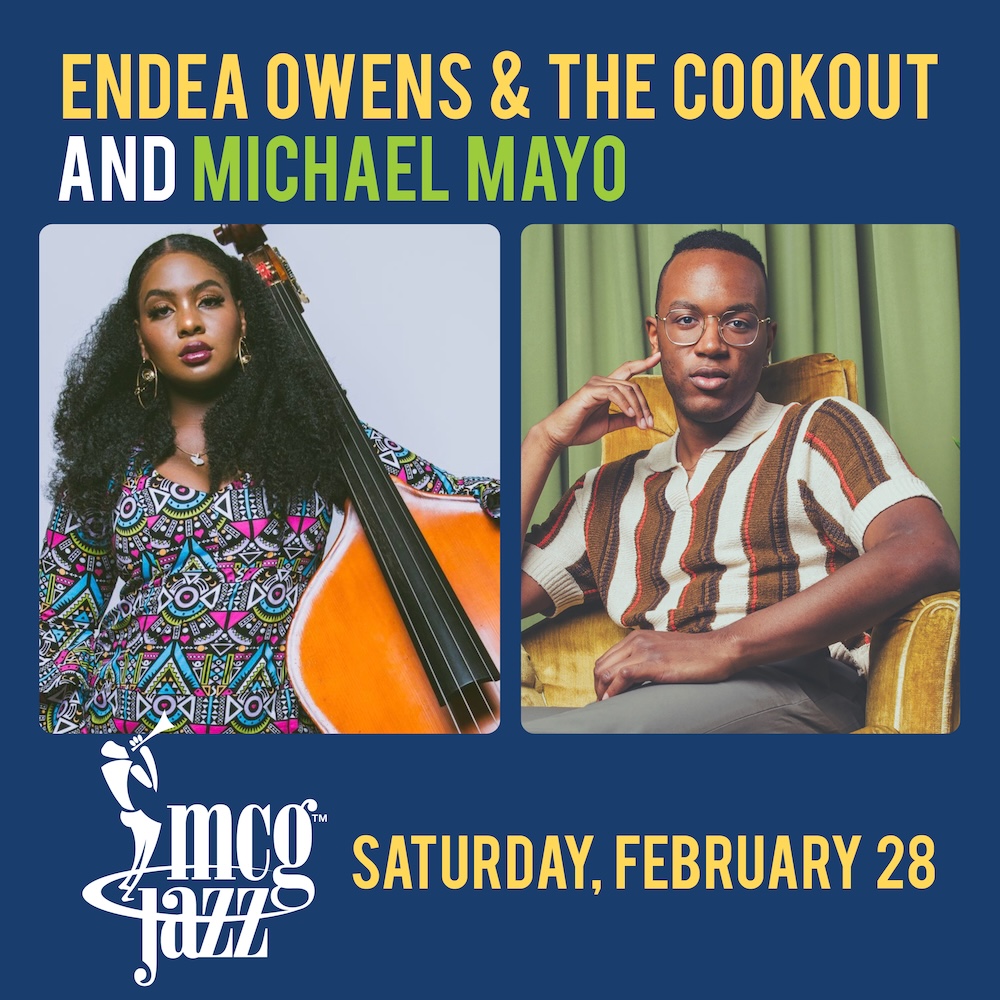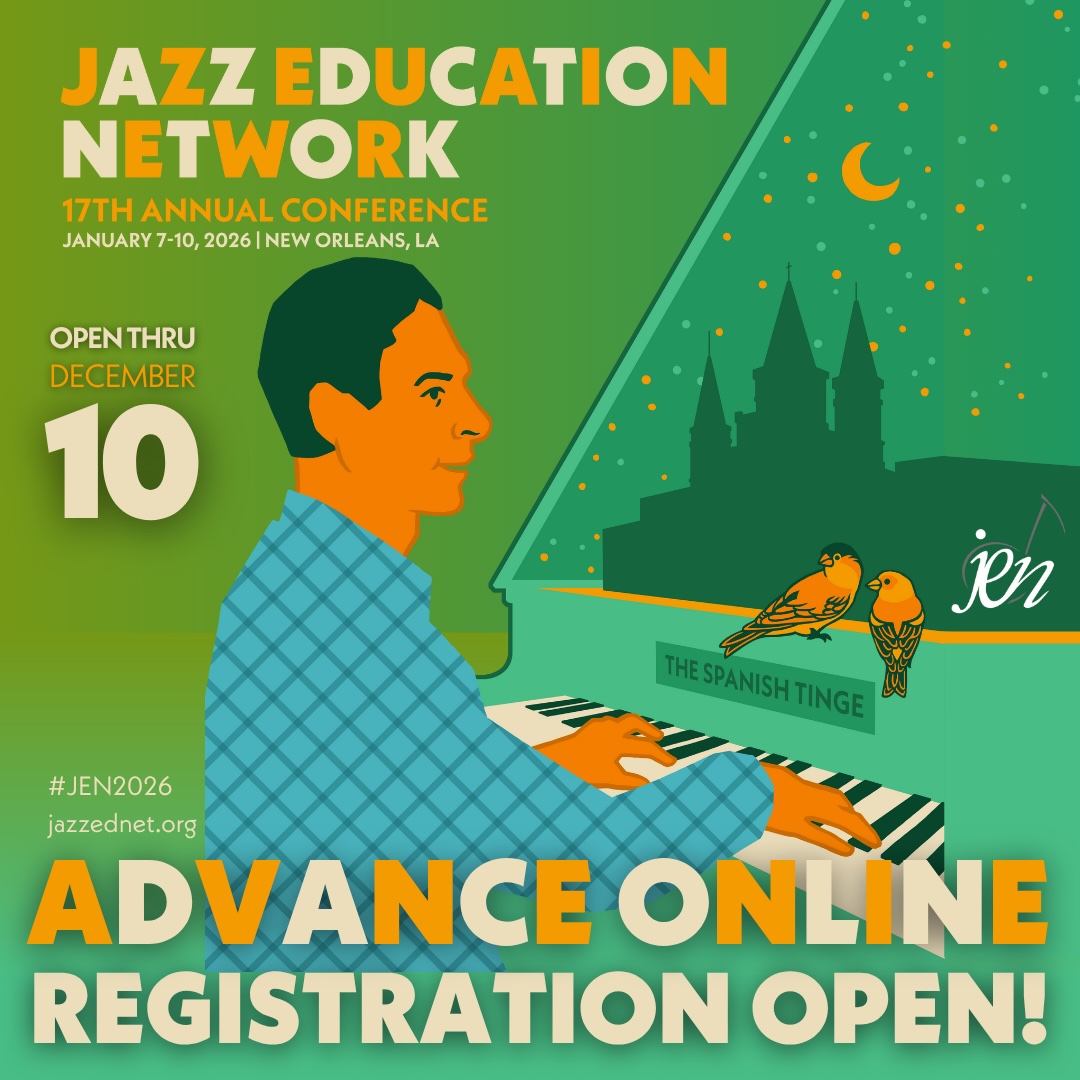Oct 28, 2025 10:47 AM
In Memoriam: Jack DeJohnette, 1942–2025
Jack DeJohnette, a bold and resourceful drummer and NEA Jazz Master who forged a unique vocabulary on the kit over his…
If you think a music festival steeped in black-metal, doom and hardcore couldn’t also be a good place to discover artists on the cutting-edge of jazz, you probably haven’t heard of the Roadburn Festival.
Founded in 1999 as a celebration of stoner-rock and heavy-psych, the festival, which ran April 11–14 in Tilburg, Netherlands, has morphed into the world’s premiere event for heavy music in all its forms. “We started to notice that most of the Roadburn attendees have very broad tastes in music,” co-founder and artistic director Walter Hoeijmakers said about the festival’s evolution. “They’re craving sludge next to free-jazz or electronic next to psychedelic. That’s why I decided to broaden our horizons a bit more and incorporate more dark electronics, and also jazzy kinds of things.”
An overwhelming majority of the audience proved to be up for the sonic challenge, Hoeijmakers said: “Much to my surprise, it was these shows—the odd shows at Roadburn—that suddenly became really well attended. People are really craving a different approach, and that’s inspired me to open up the styles and sounds of Roadburn even more.”
That “anything goes” mentality has led to a greater emphasis on experimentation, leading to rare collaborative sets and, starting in 2018, commissioned original works, which have added to Roadburn’s global draw. (Organizers estimate that this year’s audience included attendees from about 60 countries, despite tickets being capped at about 5,000.).
Hoeijmakers—along with guest curator Tomas Lindberg, At The Gates’ frontman—made Roadburn 2019 the festival’s most musically broad to date, with harsh noise, experimental hip-hop, classical, avant-garde art-pop, krautrock, and an eclectic assortment of dark-folk mixing with metal and rock sounds. Likewise, jazz had a more pronounced presence and surfaced in a wider range of contexts than in previous editions: the hypnotic psych-punk of Brazilian trio Deaf Kids (whose drummer cites Afro-Brazilian psych/jazz percussionists Djalma Correa and Naná Vasconcelos as influences) and the experimental sounds of Portland’s Grails, a band that’s often incorporated jazz sounds and techniques into its cinematic blend of post-rock, global psych and classical.
Copenhagen instrumental band Mythic Sunship played three festival sets, and for its second—on Friday at historic church-turned-venue Het Patronaat—the troupe focused on its 2018 double-LP, Another Shape Of Psychedelic Music. Like the 1959 Ornette Coleman recording its title nods to, the album is a statement, showcasing a band coming into its own while still expanding on the language of music—in this case psychedelic rock and jazz.
“There’s this tendency within both psychedelic music and jazz that’s like looking backwards instead of forward,” drummer Frederik Denning said after the Friday set. “For us, it’s always about seeking out the boundaries and exploring sort of the expression that music can have.”
Due to logistics, this set was the band’s only Roadburn performance to feature saxophonist Søren Skov, and the group made ample use of its time on stage to deliver an exceptionally tight performance that played off the enthusiastic energy of the packed house.
Later that day, Peter Brötzmann and Portuguese psych trio Black Bombaim offered up a soul-stirring collaborative performance across the hall from At The Gates’ main-stage performance. For fans of both the Swedish death-metal legends and the pioneering free-jazz musician who were able to take in part of both sets, it’s hard to imagine many other moments that could better exemplify the threads between these adventurous, rebellious—yet very different sounding—music traditions.
Most artists who specialize in occult rock and doom stick close to the bluesy roots of forerunners like Black Sabbath and Candlemass. But Italian four-piece Messa also incorporate dark ambient, prog and jazz. Having formed in 2014, the band is a relative newcomer, but with its inventive, thick riffs and the velvety voice of its frontwoman, few would blink if the ensemble claimed to have been around much longer. Live, the band infuses its song structures with bursts of controlled improvisation, giving its Friday performance at the Patronaat a thrilling sense of suspense, leaving an impression of a band whose best work still is to come.
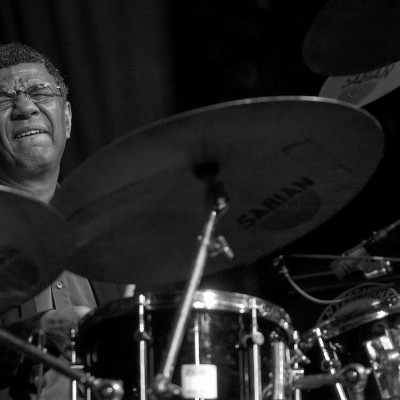
Jack DeJohnette boasted a musical resume that was as long as it was fearsome.
Oct 28, 2025 10:47 AM
Jack DeJohnette, a bold and resourceful drummer and NEA Jazz Master who forged a unique vocabulary on the kit over his…
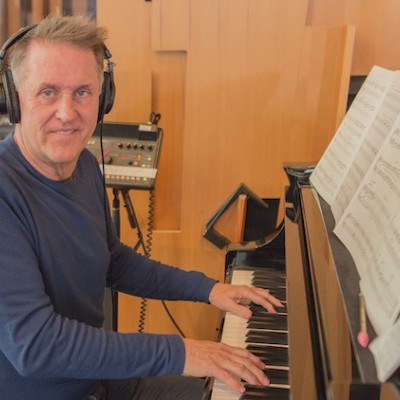
Goodwin was one of the most acclaimed, successful and influential jazz musicians of his generation.
Dec 9, 2025 12:28 PM
Gordon Goodwin, an award-winning saxophonist, pianist, bandleader, composer and arranger, died Dec. 8 in Los Angeles.…
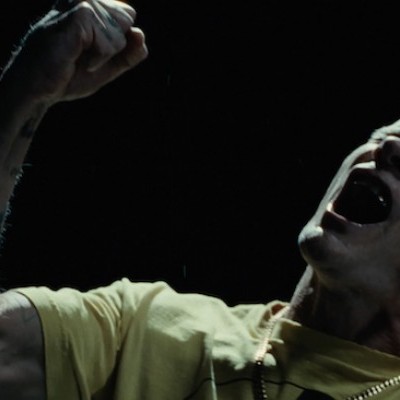
Flea has returned to his first instrument — the trumpet — and assembled a dream band of jazz musicians to record a new album.
Dec 2, 2025 2:01 AM
After a nearly five-decade career as one of his generation’s defining rock bassists, Flea has returned to his first…

Nov 13, 2025 10:00 AM
For results of DownBeat’s 90th Annual Readers Poll, complete with feature articles from our December 2025 issue,…
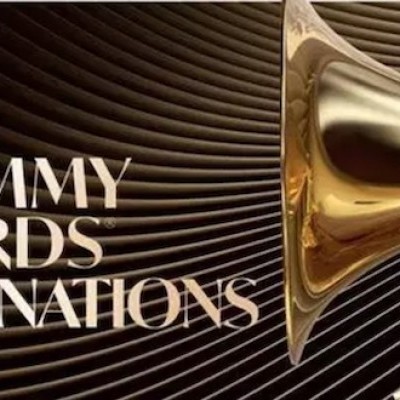
To see the complete list of nominations for the 2026 Grammy Awards, go to grammy.com.
Nov 11, 2025 12:35 PM
The nominations for the 2026 Grammy Awards are in, with plenty to smile about for the worlds of jazz, blues and beyond.…

